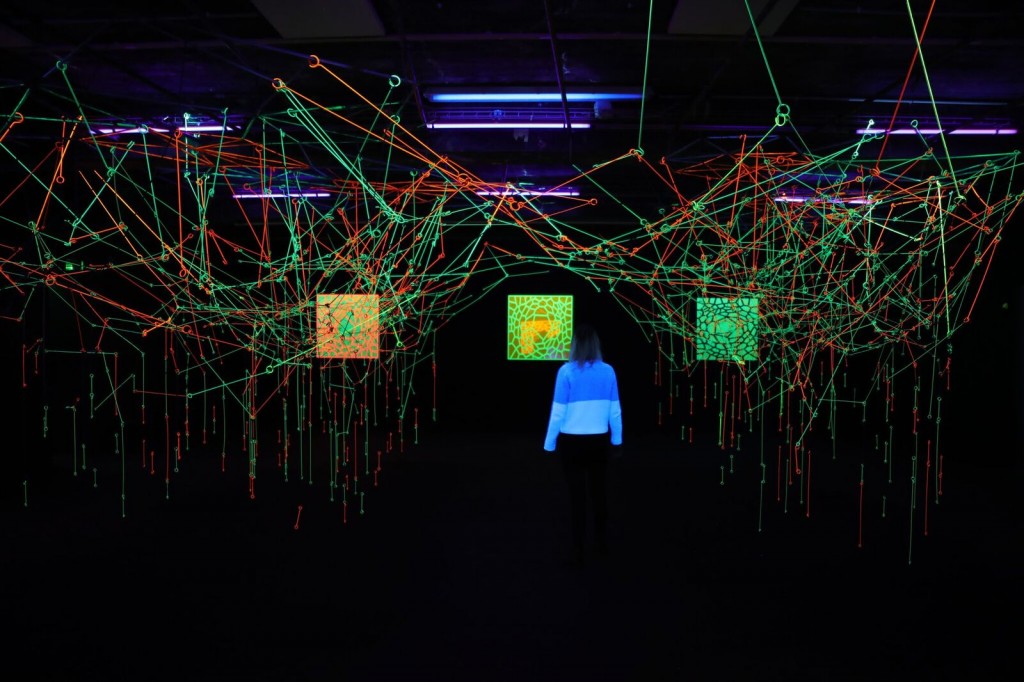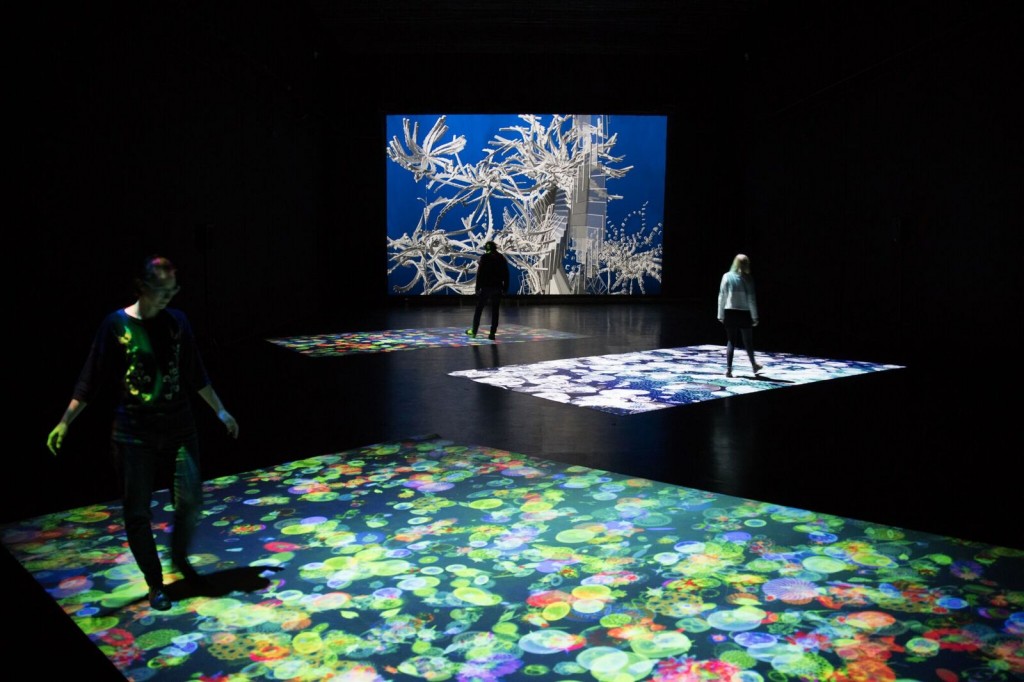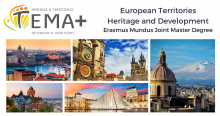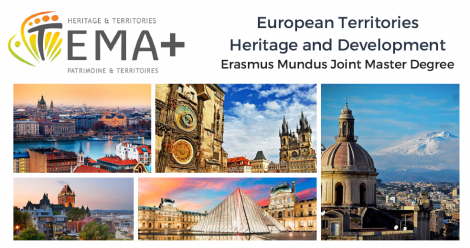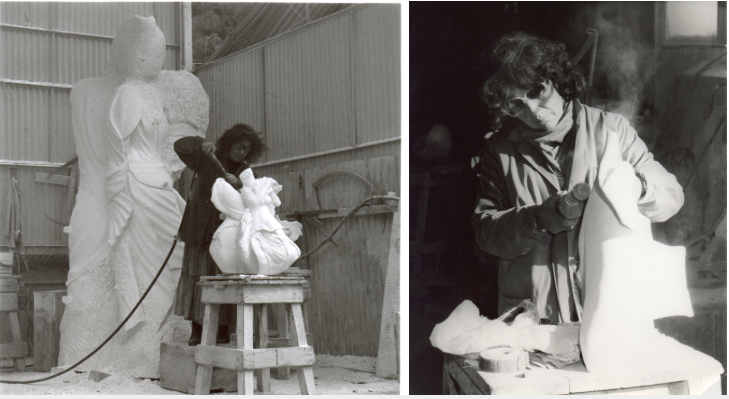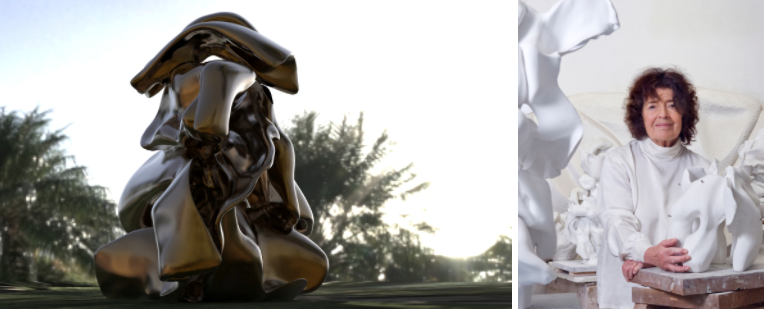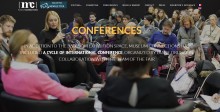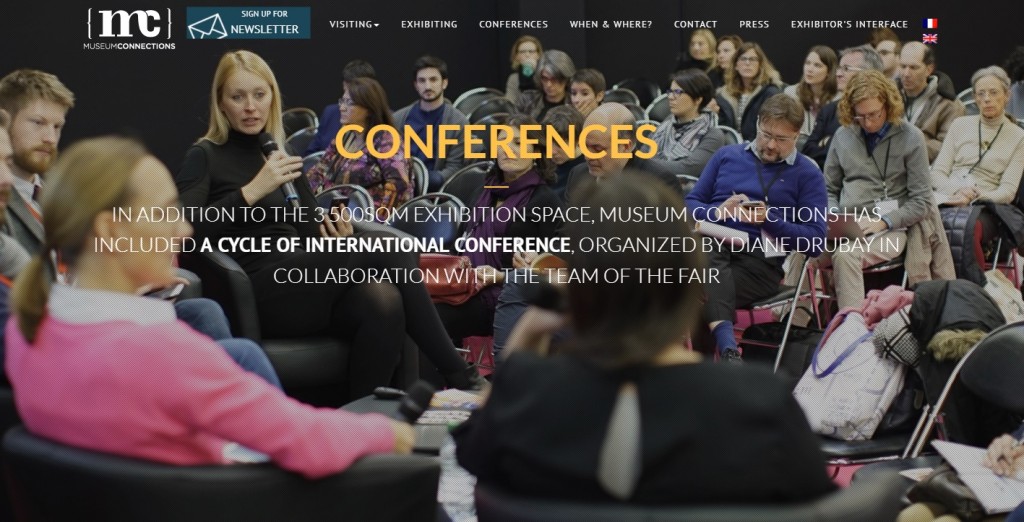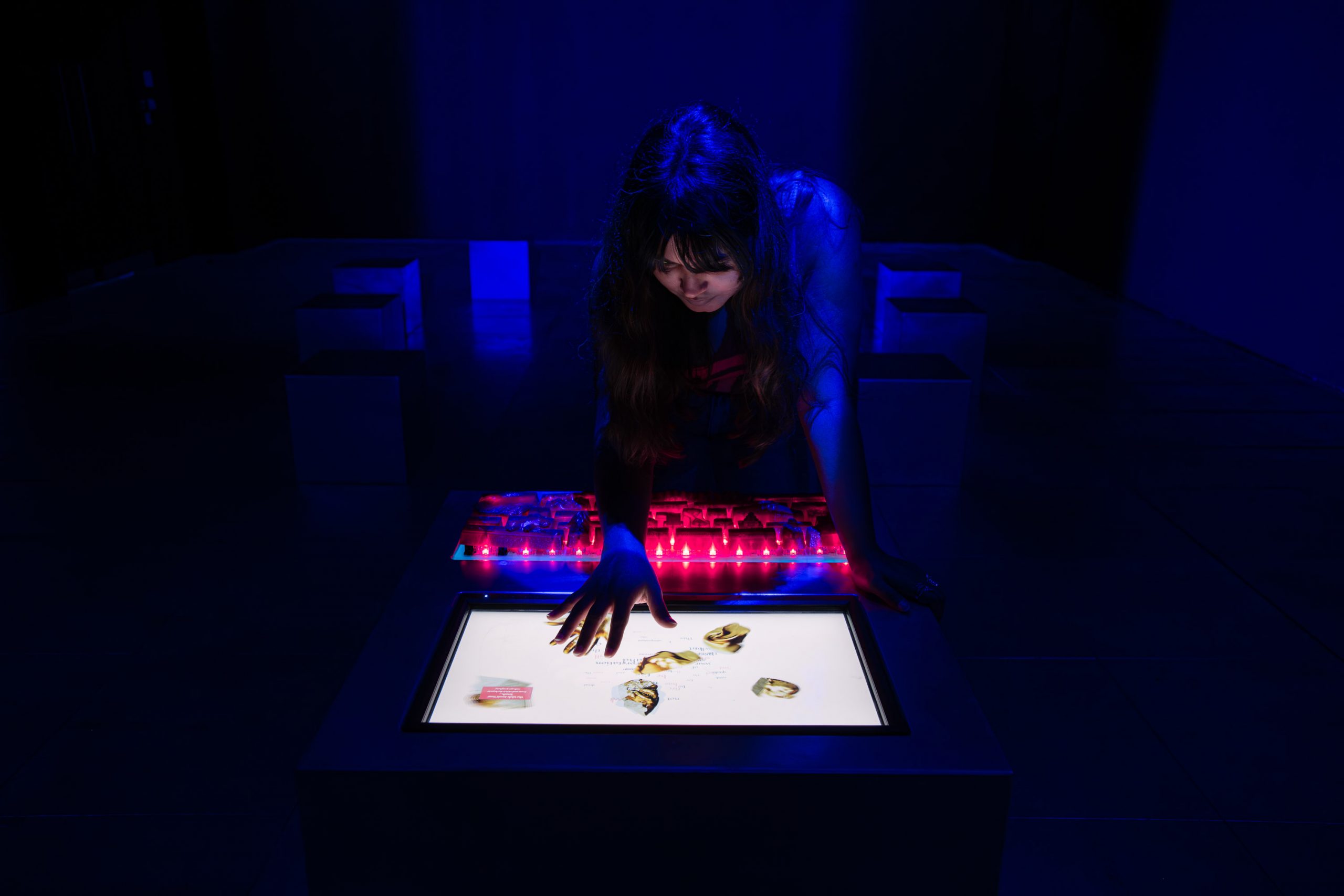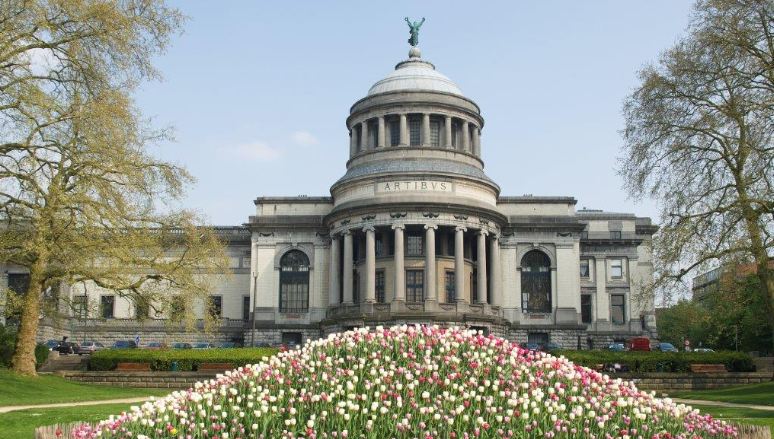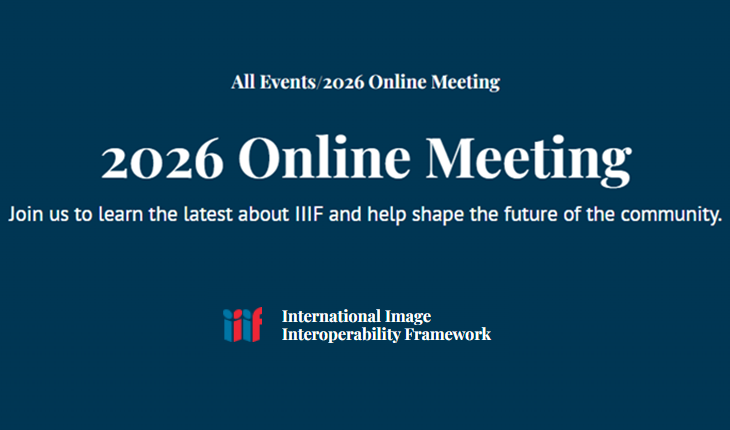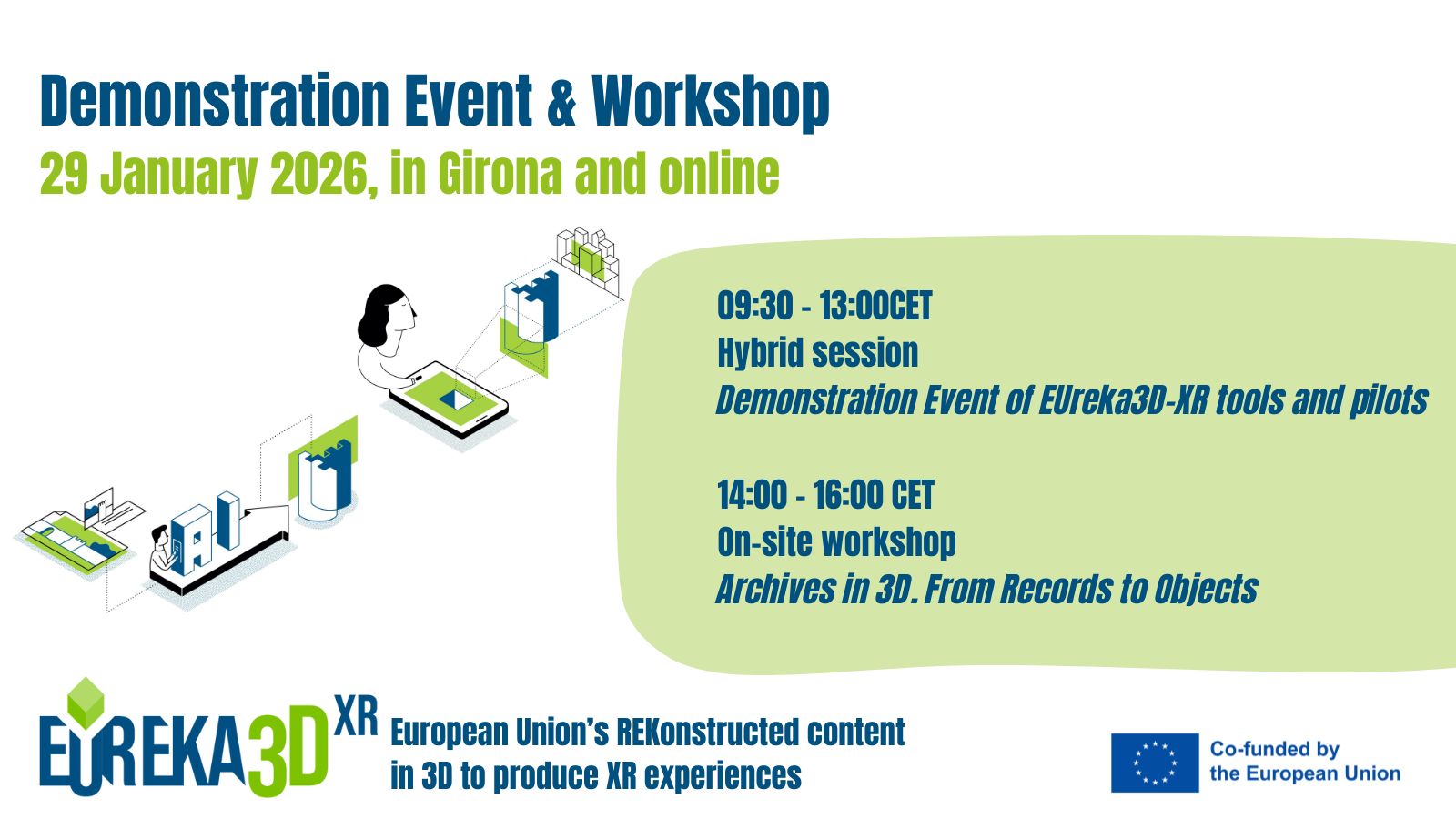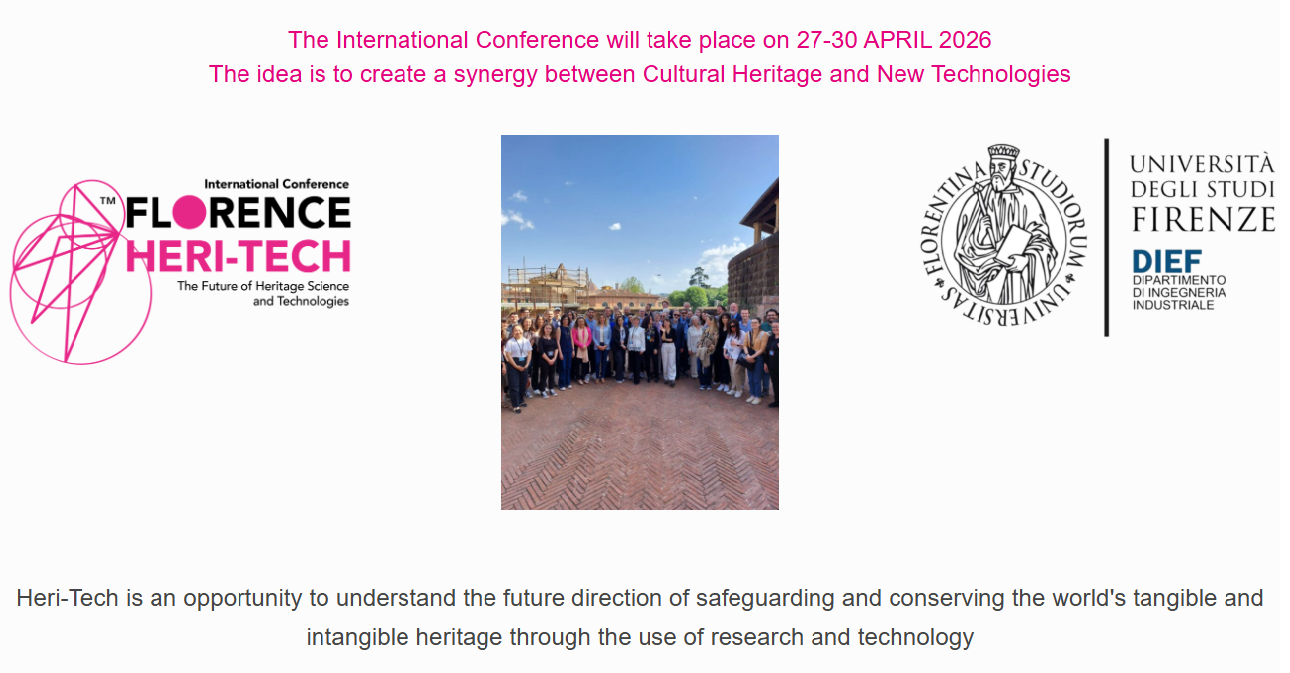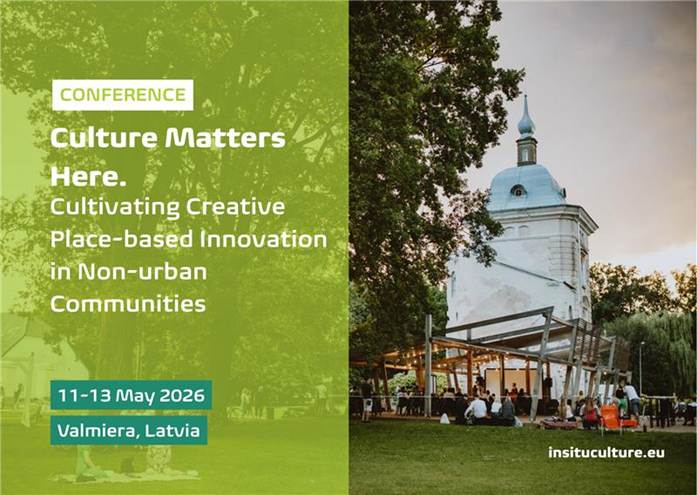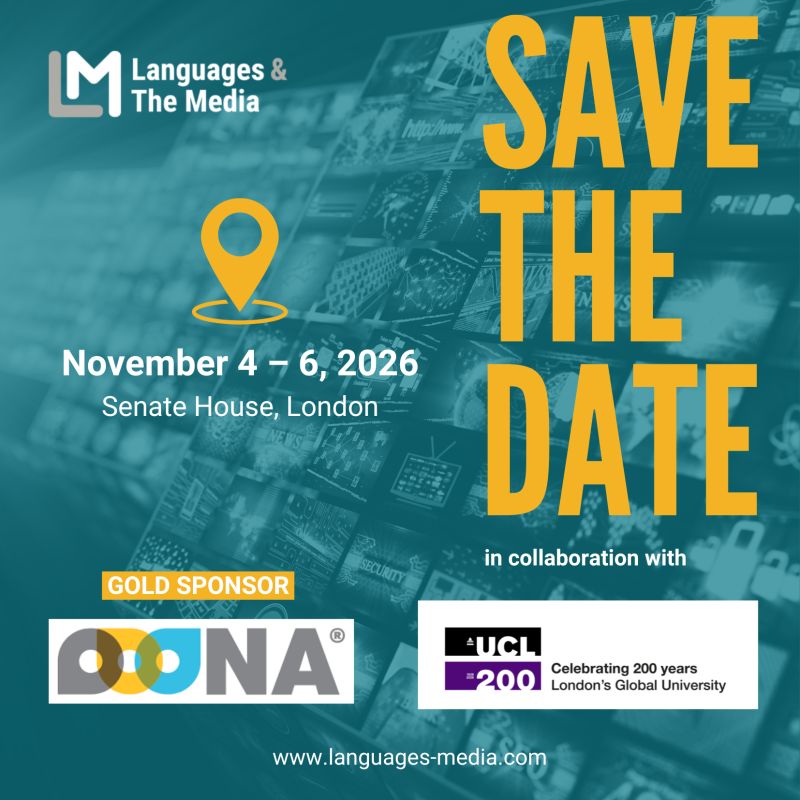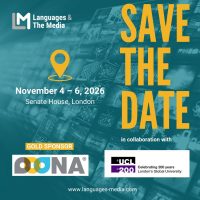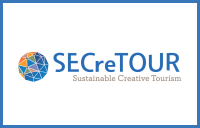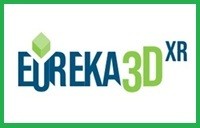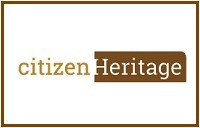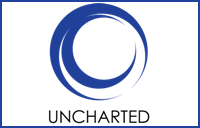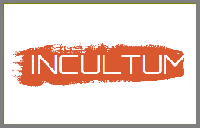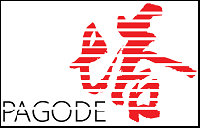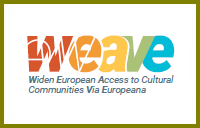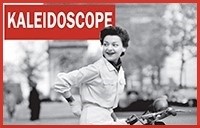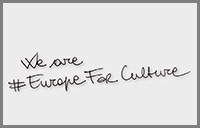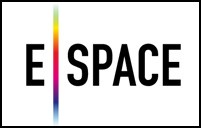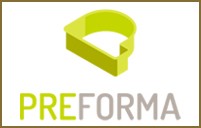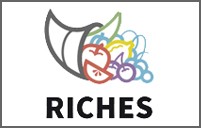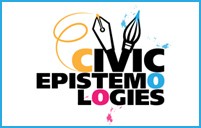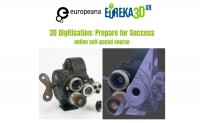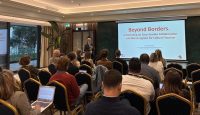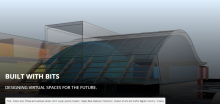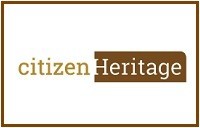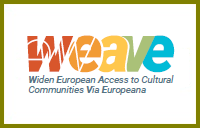From Artificial Intelligence to Social Intelligence
To err is human, it’s said. Could that be why we’re incessantly striving for perfection and steadfastly believe we can attain it with technology and science, and in spite of the fact that there is nothing that we fear more than being eliminated by a world of machinery that functions perfectly well without us?
How can we rethink our very ambivalent relationship to technology as the driving force for configuring our future, and what errors should we perhaps not repeat in the process?
The call for social intelligence is now being juxtaposed to our enthusiasm for the digital world and artificial intelligence.
We are propagating the courage to welcome imperfection, since isn’t that quite possibly what will always set us apart from the machines!
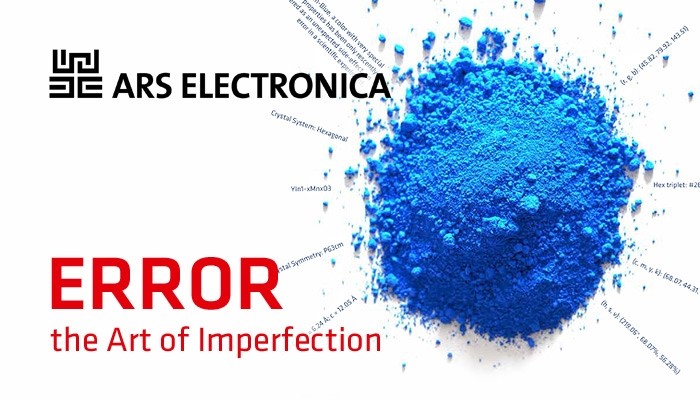
2018 Ars Electronica Festival
Ars Electronica is once again summoning hundreds of artists, scientists, engineers, designers, technologists, entrepreneurs and social activists worldwide to gather in Linz September 6-10 to jointly investigate current technological and social interdependencies and their potential future manifestations. All of this will take place in public and together with people from all walks of life, since a defining aim of Ars Electronica is to take leave of the classic premises devoted to culture and scholarship and to stage an internationally unique festival of art, technology and society amidst the public sphere in downtown Linz. The festival locations are arrayed through the heart of the inner city—the former postal service logistics facility adjacent to the train station, St. Mary’s Cathedral, the OK Center for Contemporary Art, Moviemento and CENTRAL cinemas, Linz Art University, the LENTOS Art Museum, the Brucknerhaus, Ars Electronica Center and Anton Bruckner Private University. At these diverse venues, ideas and visions, works of art and prototypes, performances and concerts engender temporary settings conducive to leeway and latitude, and provide inspiration to the many festivalgoers who come to partake of them.
… in POSTCITY
The festival hub will once again be POSTCITY. Ars Electronica gets one more opportunity to breathe life into this mothballed postal service logistics facility and use it as a venue for such festival highlights as the Big Concert Night with Markus Poschner conducting the Bruckner Orchestra, the u19 – CREATE YOUR WORLD festival, and a jam-packed lineup of conferences featuring stellar participants. Plus, POSTCITY offers Linz-based Ars Electronica yet another chance to position itself as one of the world’s largest and most interesting international fairs for creativity and innovation, and thus to network with associations, enterprises and educational institutions throughout the world.
More information: https://www.aec.at/error/en/program/


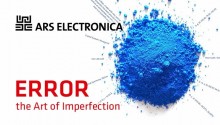
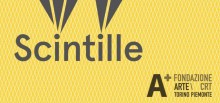
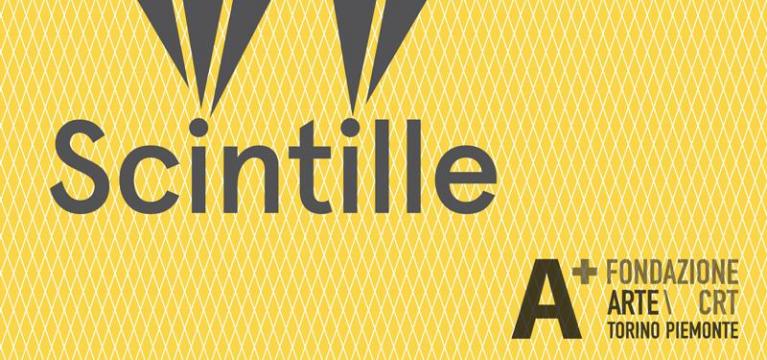

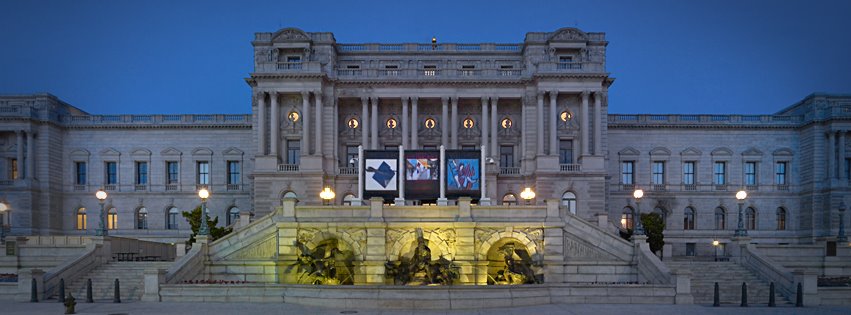

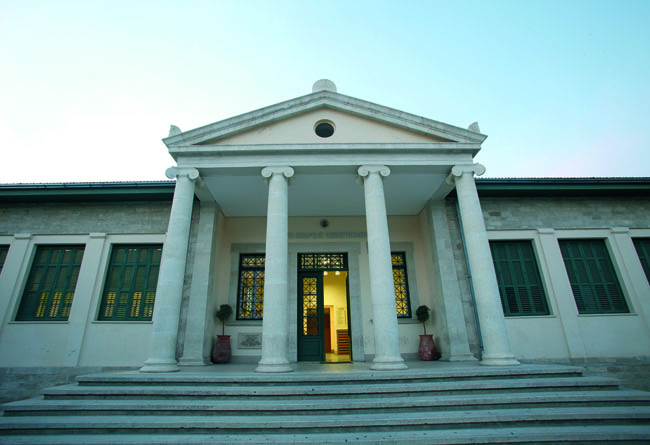

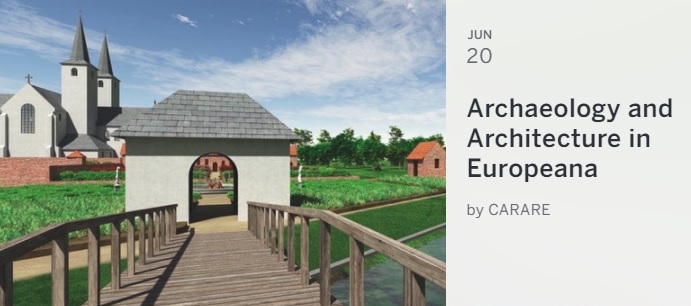 This workshop explored how digital content for the archaeological and architectural heritage can be made available to users of
This workshop explored how digital content for the archaeological and architectural heritage can be made available to users of 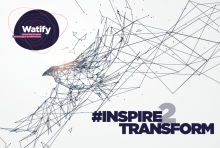
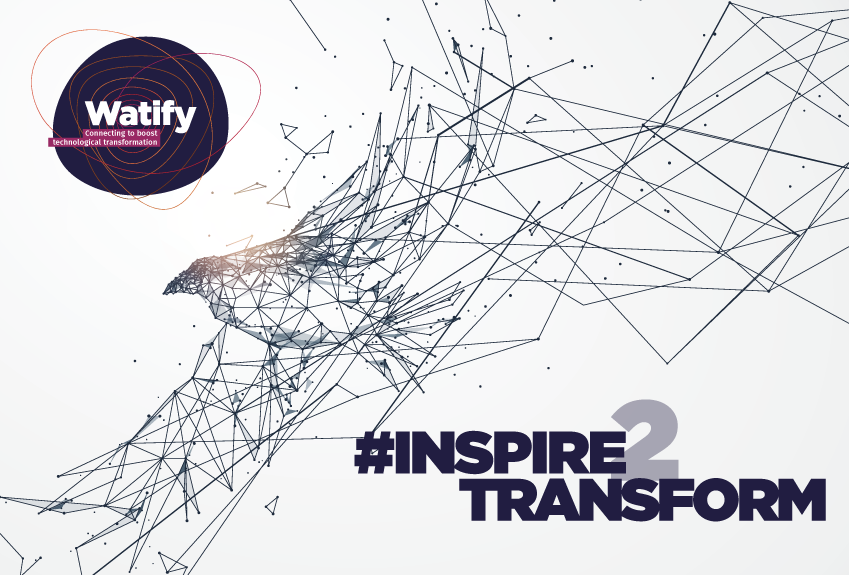
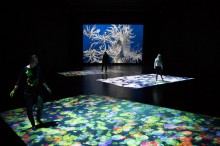
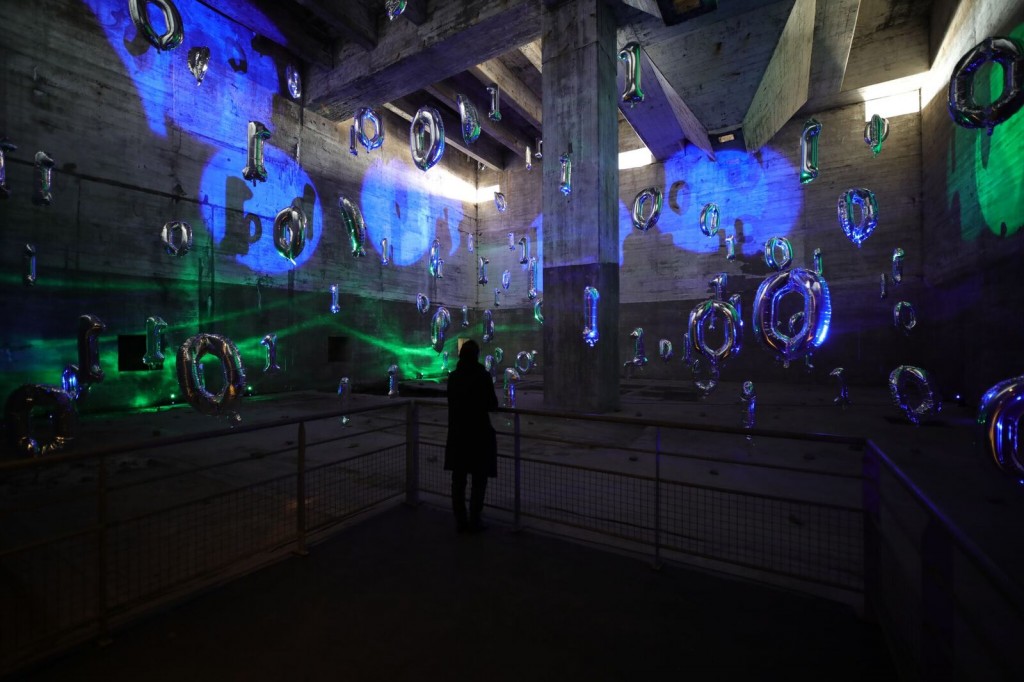 With his exhibition entitled Digital Abysses, artist Miguel Chevalier takes over the monumental spaces of the Bordeaux Submarine Base. This exhibition present, over 3,500 square meters, ten monumental installations, as well as cabinets of curiosities containing more than 100 new works.
With his exhibition entitled Digital Abysses, artist Miguel Chevalier takes over the monumental spaces of the Bordeaux Submarine Base. This exhibition present, over 3,500 square meters, ten monumental installations, as well as cabinets of curiosities containing more than 100 new works.